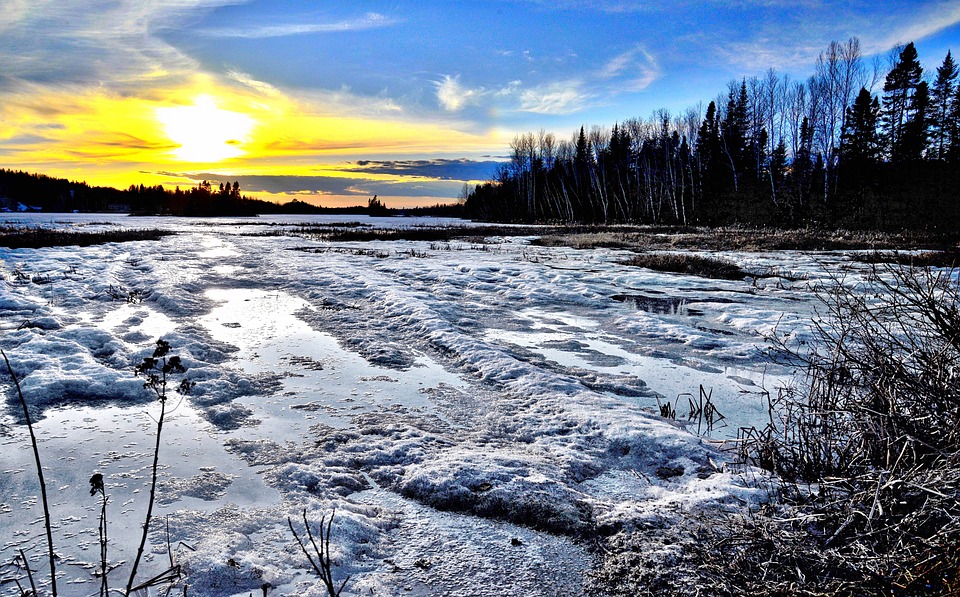Which is the Best Climate Zone in Africa for Farming?
Africa’s diverse climate zones significantly influence agricultural practices across the continent. Understanding these zones is crucial, particularly as Africa faces challenges related to climate change and food security. This exploration will identify the best climate zones for farming in Africa, focusing on crop suitability, rainfall patterns, and other essential factors.
Overview of Africa’s Climate Zones
1. Main Climate Zones in Africa
– Tropical Rainforest: Characterized by hot, humid conditions with year-round rainfall, primarily found in Central and West Africa.
– Savanna (Tropical Wet and Dry): Features warm temperatures with distinct wet and dry seasons, covering much of sub-Saharan Africa.
– Desert (Arid): Extremely dry regions with low rainfall, including the Sahara, Kalahari, and Namib deserts.
– Mediterranean: Mild, wet winters and hot, dry summers found in northern and southern coastal regions.
– Highland (Temperate): Moderate temperatures with seasonal rainfall located in elevated regions of East Africa.
2. Key Factors Affecting Farming in Each Zone
– Temperature and Precipitation: Each zone has unique patterns that affect crop growth, soil moisture, and water availability.
– Soil Quality and Fertility: Soil types vary; for instance, savannas often have fertile soils compared to deserts with poor quality.
Best Climate Zone in Africa for Farming: The Savanna Zone
1. Why the Savanna Zone is Ideal for Farming
– Seasonal Rainfall: The savanna experiences distinct wet and dry seasons, with sufficient rainfall during the wet season to support crops.
– Warm Temperatures: Consistently warm conditions allow for year-round cultivation of various tropical crops.
– Fertile Soil: Nutrient-rich soils, particularly in volcanic areas or river valleys, enhance agricultural productivity.
2. Major Crops Grown in the Savanna Zone
– Grains and Cereals: Maize, millet, sorghum, and rice thrive here.
– Legumes and Tubers: Crops like cowpeas, groundnuts, yams, and cassava are commonly cultivated.
– Cash Crops: Cotton, peanuts, and coffee are significant for local economies.
3. Regional Examples of Productive Savanna Zones
– West African Savanna (Nigeria, Ghana, Côte d’Ivoire): Known for successful cultivation of grains and legumes.
– East African Savanna (Kenya, Tanzania, Uganda): Renowned for maize and coffee production with strong market access.
Other Productive Climate Zones for Farming in Africa
1. Mediterranean Climate Zones
– Regions: Northern Africa (Morocco, Algeria) and parts of South Africa.
– Advantages for Farming: Ideal for olives, grapes, citrus fruits due to mild winters and hot summers.
2. Highland Climate Zones
– Regions: Ethiopian Highlands and parts of Kenya/Tanzania.
– Advantages for Farming: Cooler temperatures support crops like coffee and tea.
3. Tropical Rainforest Climate Zones
– Regions: Central Africa (Cameroon, Gabon).
– Advantages for Farming: High humidity supports cocoa and bananas but poses challenges due to heavy rainfall.
Challenges to Farming in Other Climate Zones
1. Desert and Arid Zones
– Low rainfall limits agriculture; however, some crops can be grown using irrigation.
2. Tropical Rainforest Challenges
– Heavy rainfall can lead to soil nutrient depletion; sustainable practices like agroforestry are essential.
Impact of Climate Change on Farming in Africa
1. Changes in Rainfall Patterns
– Irregular rainfall impacts crop yields; investment in water management is crucial.
2. Rising Temperatures and Drought
– Increased heat stress threatens crops; farmers are adapting by selecting drought-resistant varieties.
3. Adaptation Strategies for African Farmers
– Emphasis on climate-resilient crops like sorghum; investment in irrigation systems is vital.
Frequently Asked Questions (FAQs)
1. Which is the best climate zone in Africa for farming?
The savanna zone is generally considered the best due to its favorable conditions for a variety of crops.
2. What crops grow best in Africa’s savanna zone?
Crops such as maize, millet, sorghum, yams, coffee, and groundnuts thrive here.
3. Can farming succeed in Africa’s desert climate?
While limited due to low rainfall, some irrigation-based agriculture can support crops like dates.
4. How is climate change affecting African agriculture?
Climate change leads to unpredictable rainfall patterns and increased drought risk affecting yields.
5. Are there sustainable farming practices used in African rainforests?
Yes, agroforestry practices help maintain productivity while protecting forest ecosystems.
Conclusion
The savanna zone stands out as the most suitable climate zone for farming in Africa due to its balanced rainfall patterns, favorable temperatures, and fertile soils. Other productive zones include Mediterranean regions known for fruits and highland areas suitable for coffee. As climate change poses increasing challenges to agriculture across the continent, adaptation strategies will be crucial to sustain agricultural productivity and ensure food security.

Kyle Whyte is a notable scholar and professor at the University of Michigan, holding positions such as the George Willis Pack Professor in the School for Environment and Sustainability and Professor of Philosophy. Specializing in environmental justice, his work critically examines climate policy and Indigenous peoples’ ethics, emphasizing the nexus between cooperative scientific endeavors and Indigenous justice. As an enrolled Citizen Potawatomi Nation member, he brings a vital perspective to his roles as a U.S. Science Envoy and member of the White House Environmental Justice Advisory Council. His influential research is supported by various prestigious organizations including the National Science Foundation, and disseminated through publications in high-impact journals. Kyle actively contributes to global Indigenous research methodologies and education, with affiliations to numerous institutes and societies dedicated to traditional knowledge and sustainability. Recognized for his academic and community engagement, Kyle has earned multiple awards and served in various visiting professorships. His efforts extend to leadership positions on boards and committees focused on environmental justice nationwide.
